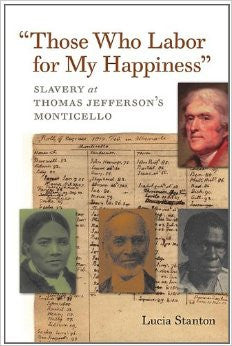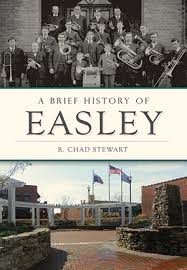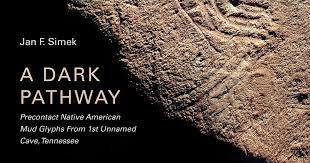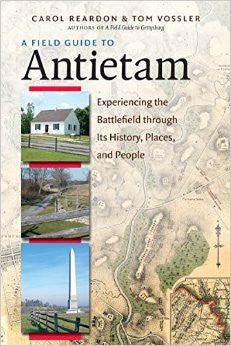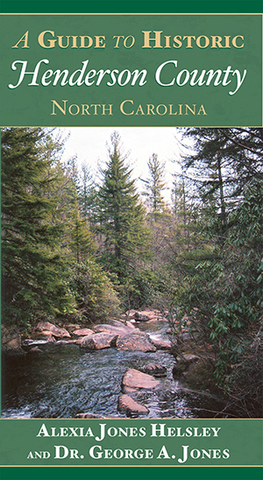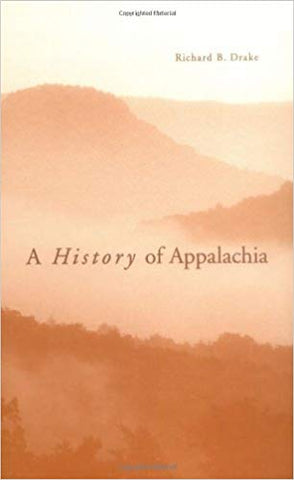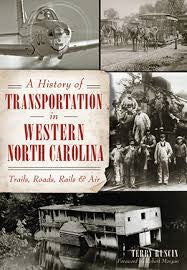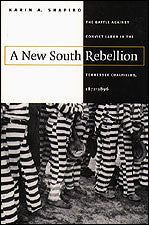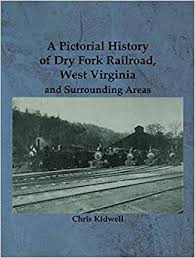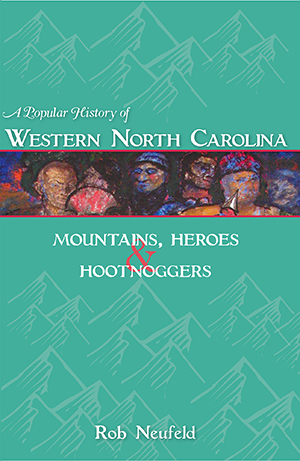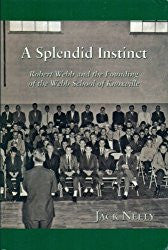History
The best overview of Appalachian history is Appalachia: A History (2002) by John Alexander Williams, now retired as the Director of the Appalachian Center at Appalachian State University. Another overview is A History of Appalachia (2001) by Richard B. Drake, a retired Berea College history professor. Although it has a narrower focus than the history of the whole region, also recommended are two books by Ron Eller, a retired University of Kentucky history professor and Director of their Appalachian Center: Miners, Millhands & Mountaineers: Industrialization in the Appalachian South (1982) and Uneven Ground: Appalachian Since 1945 (2013). History books that try to figure out why regional history evolved as it did include Night Comes to the Cumberlands (1963) by Harry M. Caudill, Modernizing the Mountaineer (1994) by David E. Whisnant, Ramp Holler (2017) by Steven Stoll and Blood in the Hills: A History of Violence in Appalachia (2018) by Bruce E. Stewart. Harriette Arnow through her books - Seedtime on the Cumberland (1960) and The Flowering of the Cumberland (1963) - was the leading proponent of the view that the region was dominated by a relatively egalitarian yeoman farmer class before the advent of the twentieth century. This has been refuted by books by Wilma A. Dunaway who has successfully argued that capitalism, racism, and sexism were rampant in the region which was not nearly as isolated as previously argued. Reconstructing Appalachia (2010) by Andrew L. Slap and Reconstruction ‘s Ragged Edge (2016) by Steven E. Nash have provided deeper overviews of that era in our history than any other. Our region is blessed to have been the focus of one of the pioneers of oral history - William Lynwood Montell (b. 1931) now retired from Western Kentucky University. Please see the introductions to collections on Black Appalachians, Cherokees, Women, etc., for history books that center on these populations.
-- George Brosi
